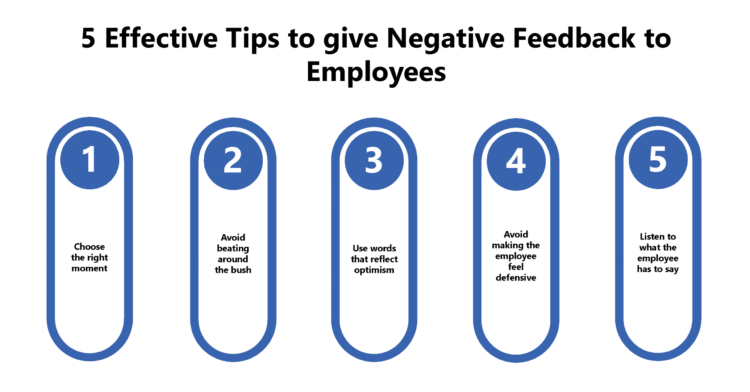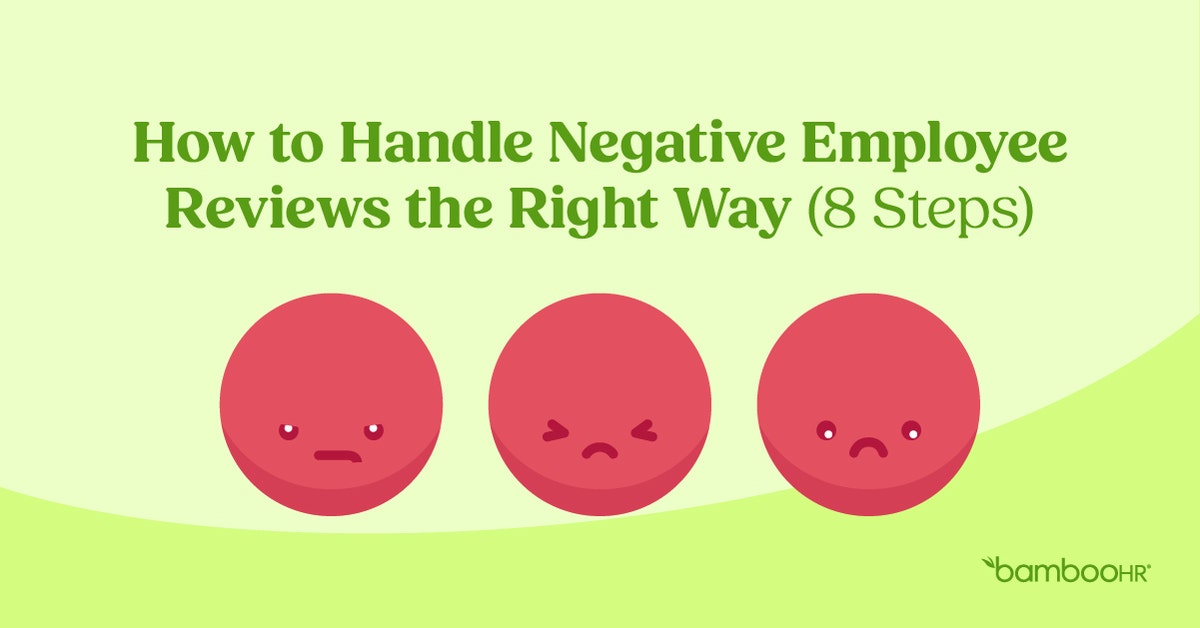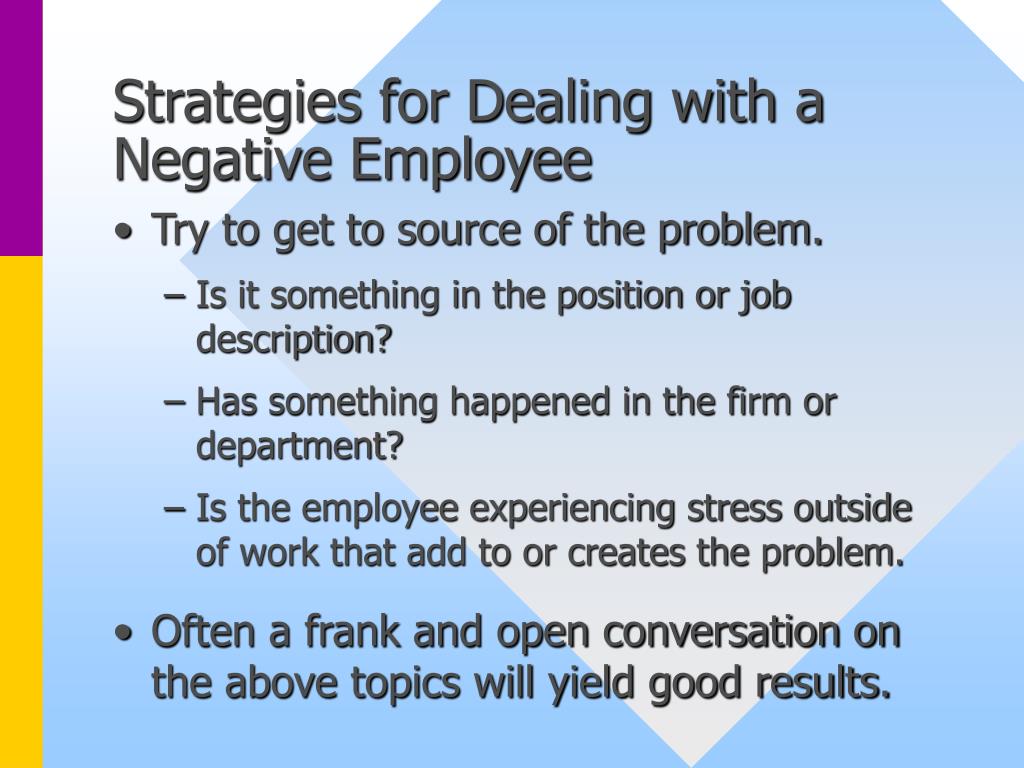How To Talk To A Negative Employee

Employee negativity can cripple team morale and productivity. Addressing it swiftly and effectively is crucial for maintaining a healthy work environment.
This article provides actionable steps for managers and HR professionals on how to approach and manage negative employees, aiming for resolution and improved workplace dynamics.
Identify the Source of Negativity
Before confronting an employee, determine the root cause of their negativity. Is it a personal issue, job dissatisfaction, or a conflict with a colleague?
Understanding the 'why' will inform your approach and potential solutions.
Schedule a Private Meeting
Never address negativity in a public forum. Schedule a private, one-on-one meeting with the employee.
Choose a neutral location where the employee feels comfortable and safe to speak openly. Privacy is paramount.
Start with Empathy and Active Listening
Begin the conversation by expressing empathy and a genuine desire to understand their perspective. Use active listening skills.
According to a Gallup poll, 70% of employees feel disengaged at work, often leading to negativity. Let the employee speak without interruption, showing that you value their input.
Focus on Specific Behaviors
Avoid generalizations and focus on specific examples of negative behaviors. Clearly articulate the impact these behaviors have on the team and the company.
For example, instead of saying "You're always negative," say, "During the last team meeting, your comments about the new project were discouraging to others." Be specific with the 'what' and 'when'.
Collaborate on Solutions
Engage the employee in finding solutions to the underlying issues. Ask for their input on how the situation can be improved.
According to a study by SHRM, involving employees in problem-solving leads to increased ownership and commitment to positive change. This addresses the 'how' of improvement.
Set Clear Expectations and Consequences
Clearly define expectations for future behavior and outline the consequences of continued negativity. Make sure they understand what is expected to happen 'where' and 'how' behavior must change in the workplace.
Document the conversation and any agreed-upon action items in writing. This provides a clear record of the discussion.
Provide Support and Resources
Offer support and resources to help the employee improve, such as coaching, training, or counseling. This shows you are invested in their success.
The 'who' in this scenario includes not only the employee but also the support system available to them.
Follow Up Regularly
Schedule regular follow-up meetings to monitor progress and provide ongoing feedback. This demonstrates your commitment to helping the employee succeed.
Consistent follow-up shows accountability and allows for adjustments to the plan as needed. The 'when' of these follow ups is key.
Consider Disciplinary Action
If the negativity persists despite your efforts, consider disciplinary action, up to and including termination. Document all steps taken.
Protecting the team's morale and productivity is paramount. Sometimes, difficult decisions must be made. The HR department is vital in this process.
Next Steps
Managers are encouraged to implement these strategies immediately. Ongoing training for managers on effective communication and conflict resolution is also recommended.
Continuous monitoring of team morale and proactive intervention are essential for maintaining a positive and productive work environment.
This ensures a healthy workplace for everyone.


















